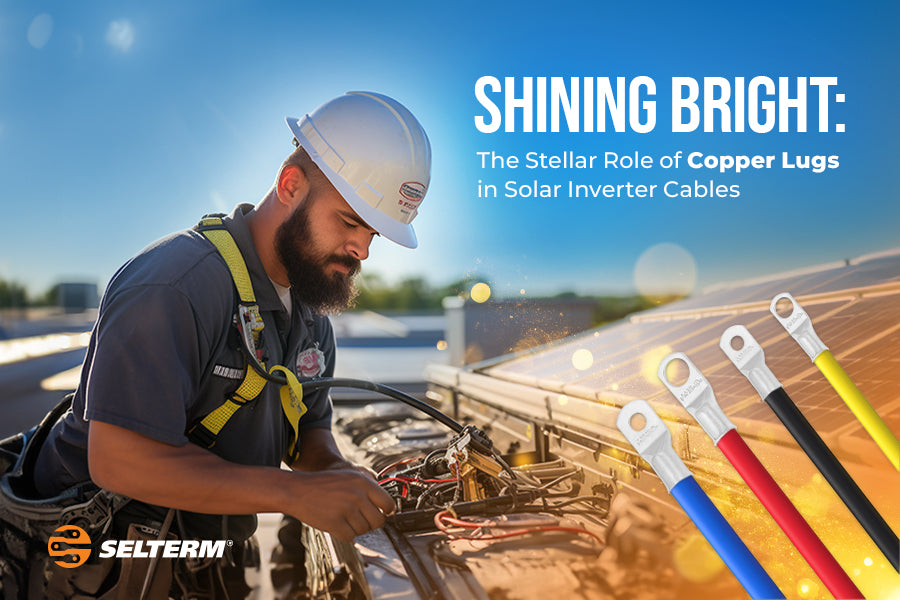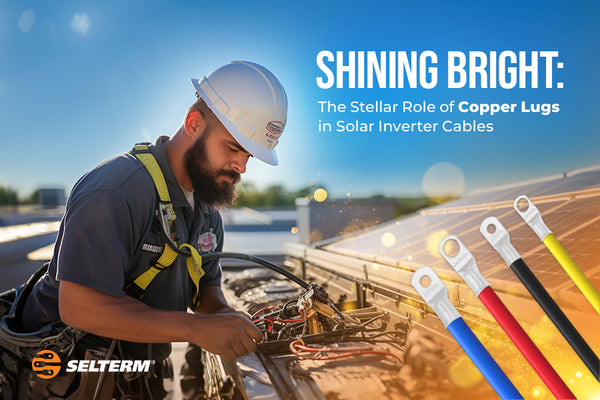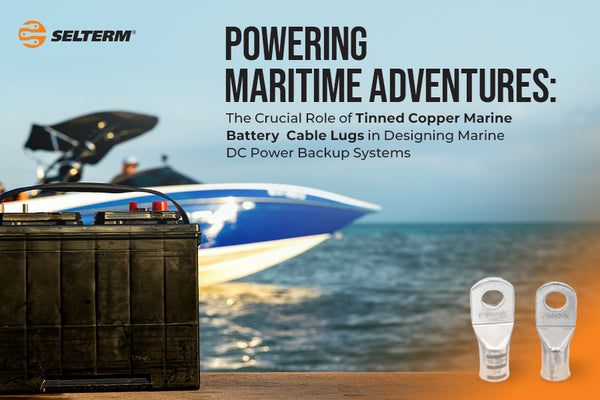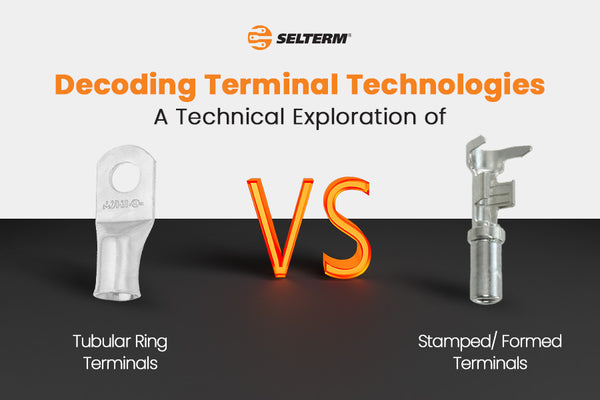
Shining Bright: The Stellar Role of Copper Lugs in Solar Inverter Cables
Introduction:
In the dynamic landscape of renewable energy, solar power has emerged as a beacon of sustainability. Harnessing the sun's energy to power homes and businesses is not just about installing solar panels; it's about crafting a reliable and efficient system. One crucial element often overshadowed in this process is the use of solar wire lugs for inverter cables. Join us as we explore why copper lugs are the unsung heroes, playing a stellar role in ensuring the seamless transmission of solar energy.
The Conductor of Efficiency: Copper Lugs in Solar Inverter Cables
-
Exceptional Conductivity:
Copper is celebrated for its superior electrical conductivity, making it an ideal material for solar inverter cables. In the realm of renewable energy, every bit of captured sunlight counts, and copper lugs ensure minimal energy loss during the transmission process. This exceptional conductivity translates to higher efficiency in converting solar energy stored in batteries into usable electricity. -
Resistance to Corrosion:
Solar installations often face exposure to the elements, be it rain, snow, or harsh sunlight. Cable Lug specifically tinned copper lugs exhibit excellent resistance to corrosion. This property is paramount in maintaining the integrity of the solar inverter cables over time, ensuring a longer lifespan and consistent performance in diverse environmental conditions. -
Optimal for High Temperatures:
Solar inverters generate heat during operation, and the cables connecting them must withstand elevated temperatures. Copper, with its high melting point, is well-suited for this purpose. Copper lugs effectively dissipate heat, preventing overheating issues and contributing to the overall safety and reliability of the solar power system.
Crafting Efficient Solar Inverter Cables with Copper Lugs:
-
Selecting the Right Size:
Proper sizing is essential for solar grounding lugs in inverter cables. Ensuring a snug fit between the cables and the lugs minimizes resistance and prevents overheating. Consult with the solar system specifications and choose the appropriate size of copper lugs for optimal performance. -
Tinning for Extra Protection:
Tinning involves coating the copper lugs with a layer of tin. This additional layer enhances the lugs' resistance to corrosion, particularly in outdoor and challenging environments. Tinned copper lugs not only ensure longevity but also contribute to the overall durability of the solar inverter cables. - Regular Inspections and Maintenance:
Just like any other component in a solar power system, copper lugs require routine inspections. Check for signs of corrosion, tightness, or any visible damage. Promptly addressing any issues ensures the continued efficiency of the solar inverter cables and the overall reliability of the solar power system.
Conclusion:
As we navigate towards a more sustainable energy future, the choice of materials in solar installations becomes paramount. The use of heavy-duty tinned copper lugs in solar inverter cables exemplifies a commitment to efficiency, durability, and reliability. These unsung heroes, with their exceptional conductivity and resistance to environmental challenges, play a pivotal role in ensuring that solar energy harvested from the sun's rays is efficiently converted into power for our homes and businesses. So, let's celebrate the shining role of copper lugs in illuminating our path toward a cleaner and greener energy landscape.




